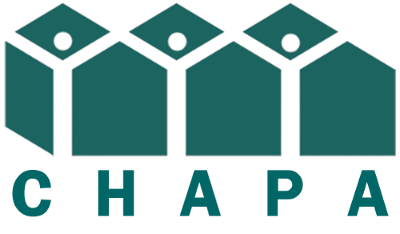HUD Publishes Two Notices Affecting the Rental Assistance Demonstration Program
On July 3, The U.S. Department of Housing and Urban Development (HUD) published two Federal Register notices that affect the Rental Assistance Demonstration (RAD) program. The first notice implements the RAD provisions from the FY2018 Appropriations Act. The second notice formally announces five additional changes to the RAD program.
RAD was authorized by Congress as part of the FY2012 HUD appropriations act. The intent of RAD is to help preserve and improve low income housing by enabling local housing authorities and owners of private HUD-assisted housing to leverage Section 8 rental assistance contracts to raise private debt and equity for capital improvements.
There are two components to RAD conversions. The “First Component” allows for public housing authorities to use Capital and Operating Funds to convert to project based vouchers or rental assistance. The FY18 Appropriations Act increased the number of public housing units that could be converted to Project-Based Vouchers (PBVs) or Project-Based Rental Assistance (PBRA) by 225,000 units, up to a total of 455,000 units.
The “Second Component” has no limit to the number of units that may be converted and there is no competitive selection process. The Second Component applies to the Rent Supplement, Rental Assistance, Moderate Rehabilitation, Single Room Occupancy, and Section 202 PRAC programs.
The first notice explains that any of the 125,000 units currently on the First Component RAD waitlist that HUD approves before January 1, 2019 will have contract rents based on FY18 Capital Funding and FY16 Operating Funding. Conversions that HUD approves after January 1, 2019, will have contract rents levels based on FY18 Capital and FY18 Operating funding. Housing authorities that have RAD awards based on earlier RAD rent base years may withdraw and reapply to obtain RAD rents based on the policy in place at that time.
The first notice also clarifies that for Second Component conversions, households cannot be rescreened or evicted because they were over-income at the time of the conversions. In addition, Rent Supplement and Rental Assistance Program properties converted under RAD to PBRA that are in HUD-defined high-cost areas will have initial rents asset at comparable market rents.
The second notice describes five changes to the current RAD implementation:
- Local Housing Authorities (LHA) may establish project-specific utility allowances for RAD projects.
- HUD will allow 25% increase in the allowable development fee for owners who adopt waitlist preference for households exiting homelessness or permanent supportive housing.
- HUD will not approve a proposed RAD conversion if a LHA intends to use Section 18 (demolition/disposition) regulations to dispose of other units at the project that would have the effect of undermining RAD’s basic one-for-one-unit replacement policy.
- The RAD rent-setting flexibility applied to multiple projects (rent bundling) is expanded to allow LHAs to blend the subsidy between RAD PBVs and non-RAD PBVs.
- Very Small LHAs (portfolios under 50 units) will have a streamlined conversion process if certain requirements are met.
